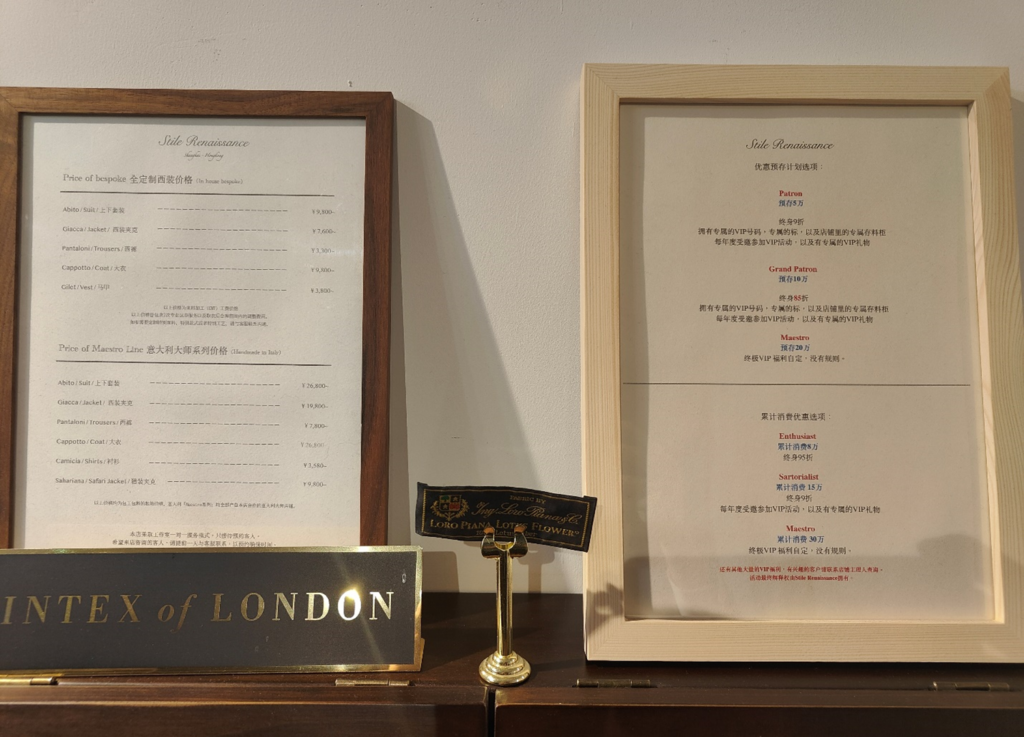In a book I read a long time ago, about luxury marketing, a point mentioned in it was empowering at first sight, and now, it seems to be more profound.
The consumer of luxury goods has an identity, that is, connoisseur and patron of art.
It is true that the consumption of luxury goods, in essence, is nothing more than a way for people to embody their identity and status as social animals, especially in the case of today’s logo fever, huge logos, cotton T-shirts with huge logos ask for hundreds of dollars, it is difficult not to admit that what you are evaluating may only be performance art rather than fine art.
Returning to products that truly embody beauty and exquisite workmanship, this statement, although still has an element of whitewashing, is a status that is acceptable to both parties, self-justifying, and without losing face.
Whether it’s a Patek Philippe watch, a Hermès bag or a Maftei shoe, it mentions how many man-hours it takes to do it by hand, and then you divide the selling price by the man-hours to conclude that the hourly wages of those workers seem to be many times higher than yours. This is obviously not true, because most of the money you pay does not go into the pockets of workers, but to the brand.
So, even if you’re supporting art, it’s like you’re supporting commercial art, not artifact.
So you see a lot of art exhibitions sponsored by luxury brands, just to artificially instill this bond between luxury and art, so that you feel that buying luxury is equivalent to supporting art.
From the consumer’s point of view, we want to be noble, and we don’t like to be seen as immoral rich, so dedicating to art sounds much better than spending money to show off.
That’s what I’m talking about, a whitewash acceptable to both sides.
I am not ironic, and I don’t know if this is the current routine of luxury brand operation, or whether the former luxury consumer group, such as the aristocracy, contains such noble elements when they patronized the artists at their era. In short, this consumption is a matter between them.
Why do I suddenly have this thought? Because yesterday I went to Stile Renaissance, a Shanghai based bespoke tailoring house, and chatted with the manager Lorenzo.
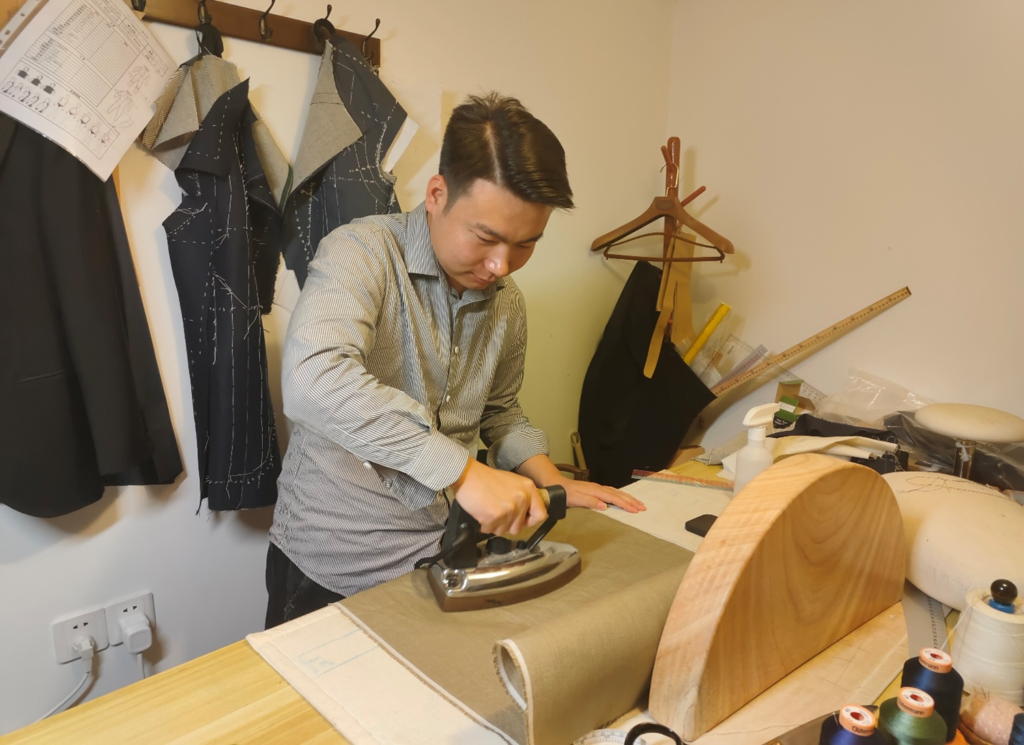
This is the inhouse cutter and tailor of Stile Renaissance, although young, but the resume is not ordinary, and I will introduce it to you in an exclusive interview later.
What do they do every day besides making clothes? Deconstructing clothes.
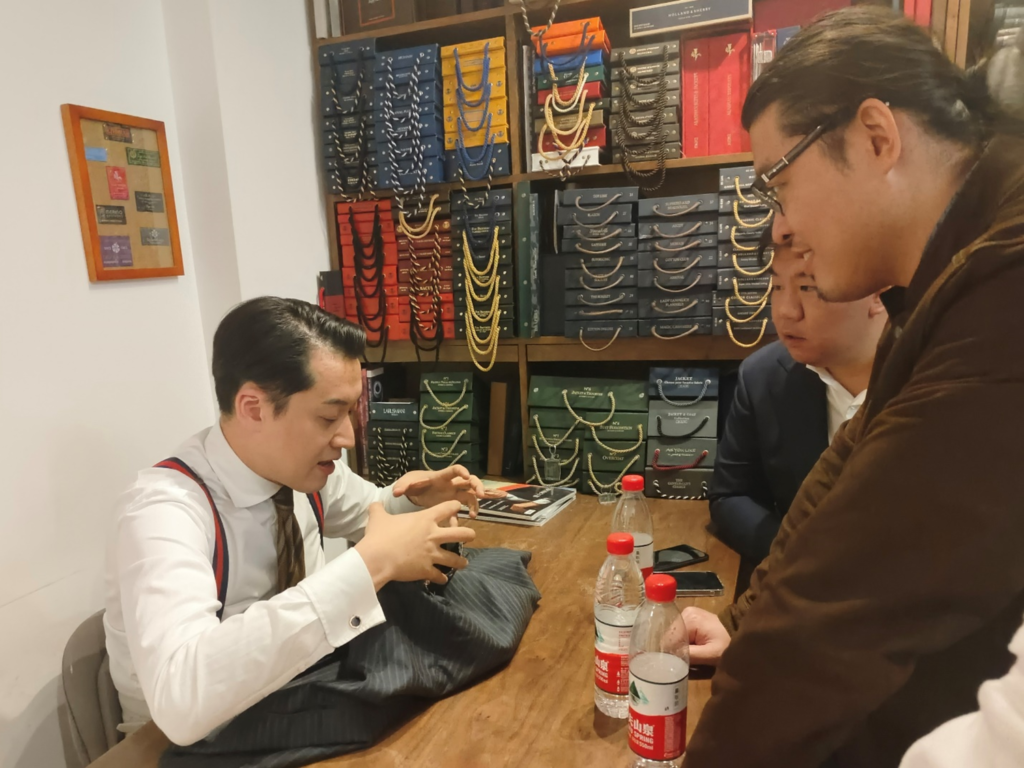
Lorenzo is explaining some of the craftsmanship details of Ciccio, the very best Japanese bespoke tailor.
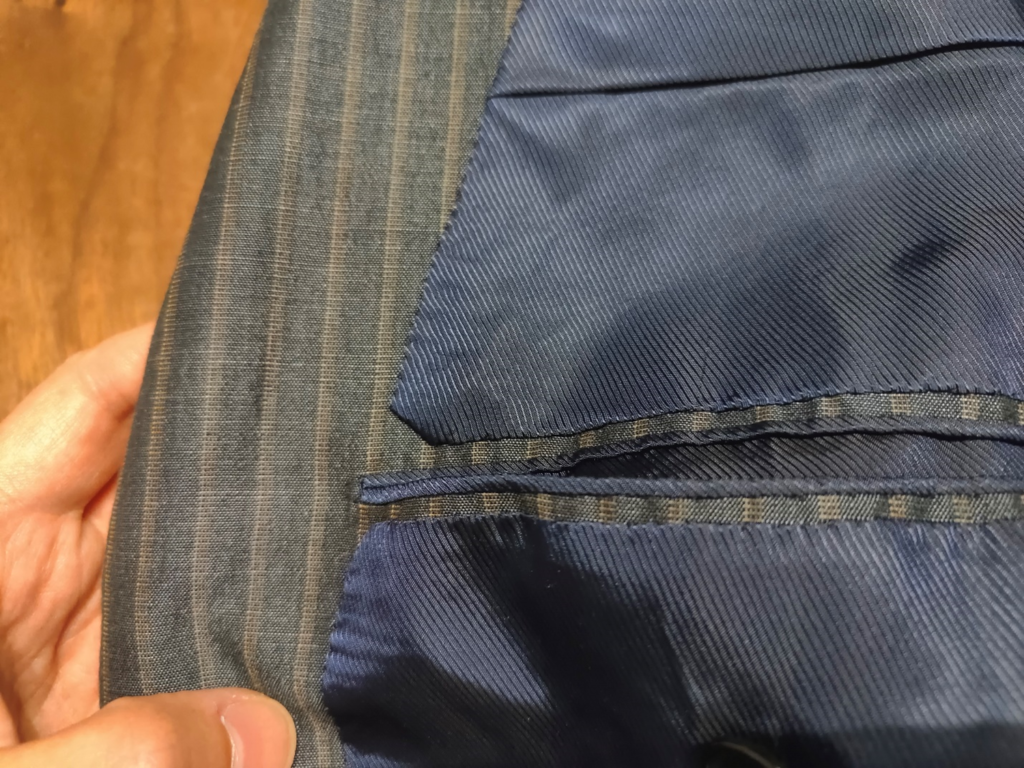
This inner pocket, in addition to the triangle of the edge, which we laymen may see, the edge of the pocket is “shoveled thin” in order to increase comfort. There are many similar details, and many of them are not visible to consumers, but occasionally they feel them. They do not know how many details and intentions of this product are in it.
At this time, we feel that this money is really worth it, and we are truly funding art. In the current domestic market, there is not such a large number of consumers who know how to appreciate. I believe that any category of things will become more appreciative when they consume more, and the “premium” of good things is paid by this group of people who understand better.
I was at BRIO in Beijing, and I had a shock in product completeness. In fact, the essence is the same as this, that is, in addition to its unique beauty and the handmade ingredients that may be “excessive”, there are details that most consumers or the vast majority of competitors never consider but they do make people shivered.
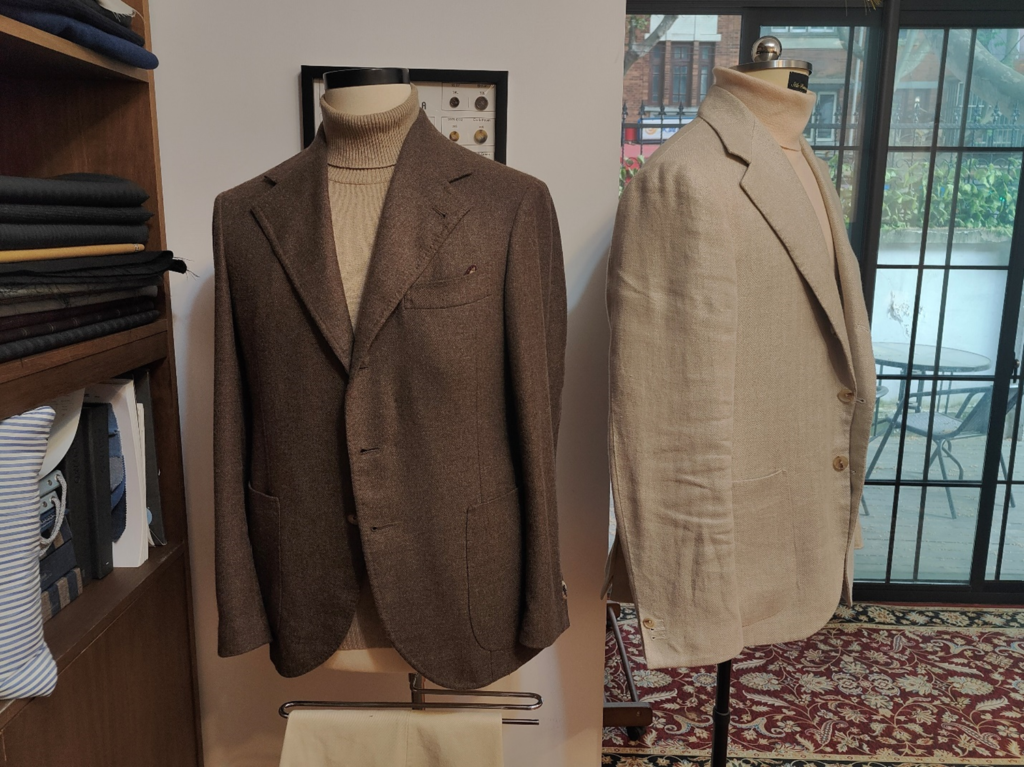
My requirements for clothes are simple, handsome and suitable for me. After wearing so many bespoke tailoring from different houses, I found that the store that is considered good by connoisseurs is really better.
Hope someday I can better express this good to who want to dip into this community.
